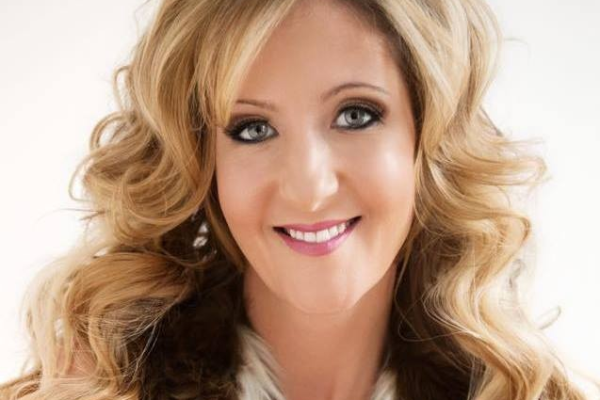Every day, as a freelancer, the math should feel pretty simple, right? Profit is a function of effort. The more you work, the more profit you should have. And while this simplistic approach makes sense, it never plays out exactly like that, right?
I'm not going to talk about pricing. I'm not going to address your overhead tasks.
Instead, what I want to talk about are three factors that will help you track and manage your profits.
Utilization
The easiest way to calculate your utilization rate is to divide the number of billed hours by the amount of available billable hours. This doesn't include all the hours available to you from your week – because you have non-billable effort likely scheduled. What I'm talking about is slightly different.
Let's say you know that from 8-10 am you'll be busy on non-billable stuff. So you carve that out for calls. Or meetings. Maybe it's daily, or maybe it's 2-3 days a week. But let's assume you know that won't be billable – so we're going to ignore it. When I'm talking about utilization, I'm talking about the remaining 6 hours (if you work an 8 hour day).
If you have 6 hours in that day, and you bill 6 hours – every day – you're utilization 100%.
And most of us assume that after we carve out our non-billable efforts, the rest is billable. But that's not always the case.
Things come up. And what you might notice is that your utilization isn't 100%. It's 60% or 75%.
Either way, that's something worth tracking, because it's a place where you might be losing an opportunity for profit.
Productivity
Let's say you have a project that you know will take you 30 hours. You schedule it for a week. And you know that you'll likely use the remaining 10 hours that week on non-billable stuff. So you're pretty happy.
Regardless of how you price the work – your expectations are that you'll finish the work in 30 hours. And let's imagine you do. Yeah!
And then, when the client reviews something, they point out a place where you've made a mistake. I'm not talking about scope increase. I'm talking about your need to rework something, to redo an aspect of the code you've already created, because of a mistake you made.
If you have to spend another 3 hours on the project, that's 3 hours that weren't previously budgeted for the work. Your productivity has dropped.
I define productivity as the inverse percentage of the amount of rework you have to do. So if you had to spend an additional 10% to fix your mistake, your productivity is 90%.
It's worth tracking, like your utilization because when you start seeing that rate move down, it's time to take a better look at your overall operation to see why you're struggling. It's also going to cost you, greatly, in terms of profit.
Efficiency
When I talk with folks and mention efficiency right after productivity, they start to look at me like I've grown a third eye on my forehead. Didn't we just talk about this stuff? Aren't these two works synonyms?
Efficiency and productivity are not the same, at least in my book. While productivity measures how effective we are with our projects, efficiency focuses on how effective we are with our time.
Let me see if I can break it down with a simple example.
That project that we thought would take 30 hours? It took us 33, given that we only had a productivity factor of 90%. But what if we did that kind of project 100 more times. Would it take us 33 hours each time? Likely it wouldn't. In fact, it shouldn't necessarily take us even 30 each time.
Our efficiency (by project type) is a factor of how well we're learning. So if we did the same kind of project 100 times, we might add tools, tweaks, and other activities to improve how fast we could do that work. In the end, we might be able to get it done in 20 hours instead of 30.
That's a 30% increase in efficiency, for that kind of project.
Notice I keep saying, “for that kind of project,” because efficiency is scoped to the kind of work we're talking about. A membership site, an e-commerce site, a marketing site – these are all different kinds of projects.
But our goal should be an increase in efficiency over time.
And the only way you'll know is if you're tracking it.
Your effective billable rate
Most folks I know don't capture a lot of metrics about their work. They only know what they billed a client. And that doesn't help when you're looking back to find patterns and make new decisions.
When it comes to profits, what we care a lot about is not our billable rate. It's our effective billable rate.
If you quote a fixed fee project for 30 hours but end up taking 33 hours to do it, your effective rate has gone down. If you quote an hourly rate, but can't charge all of your hours, your effective rate has gone down.
At the core, when it comes to your profits, what you care most about are the internal metrics that tell you whether your effective rate is going up or down. Because as they go up, it means you are making more money.
And when that is all in check and working correctly, then the notion of more work equalling more profit is true.






